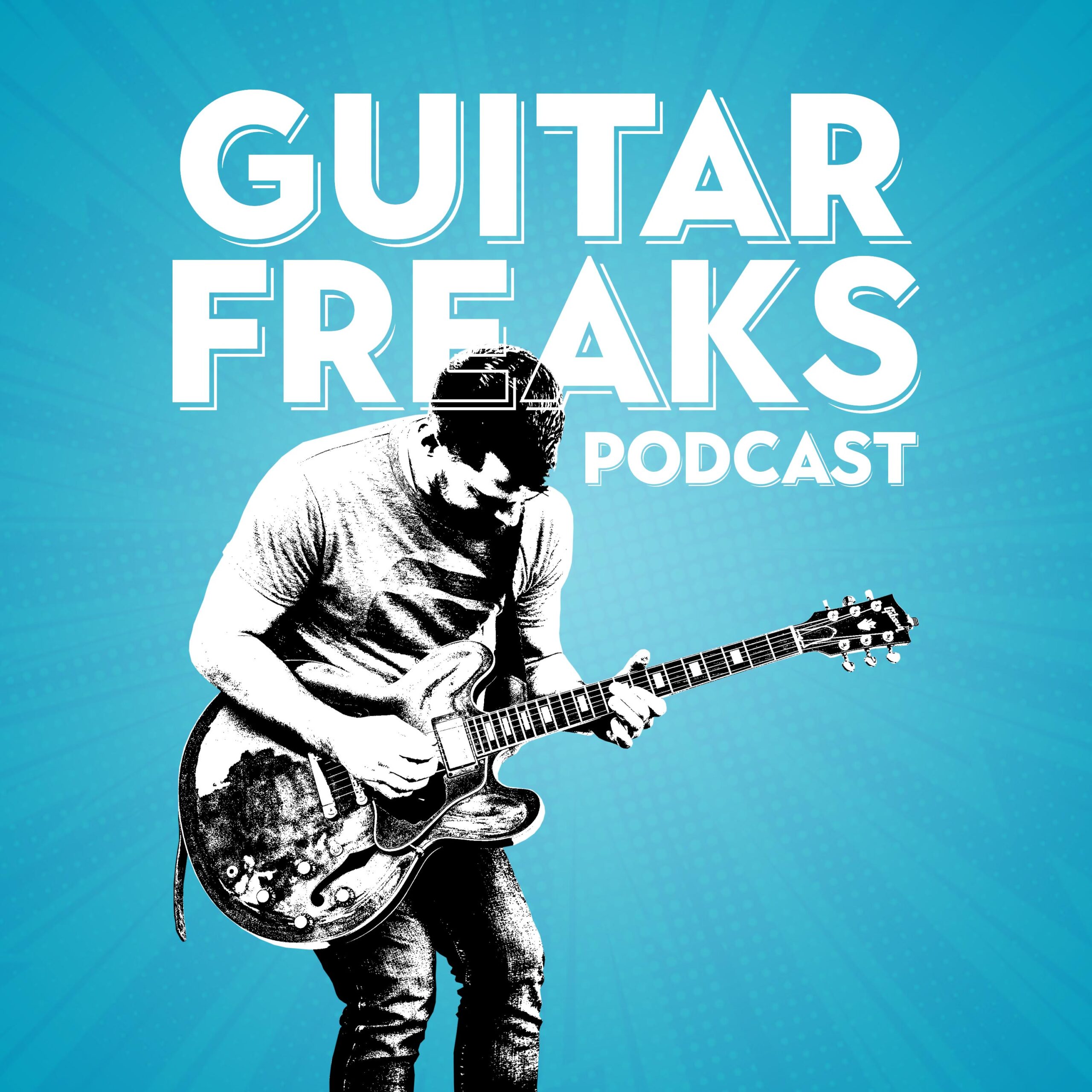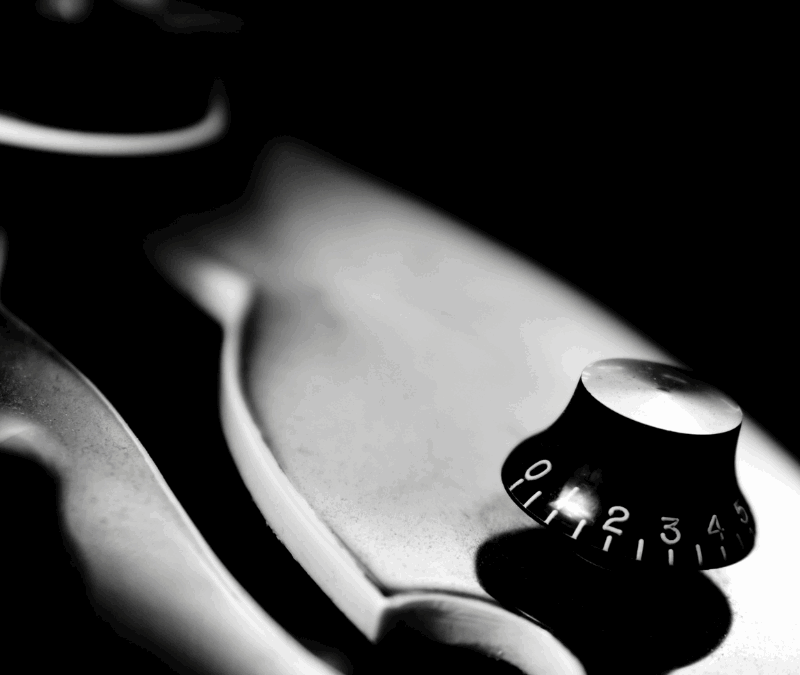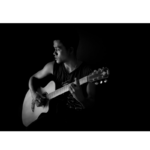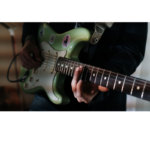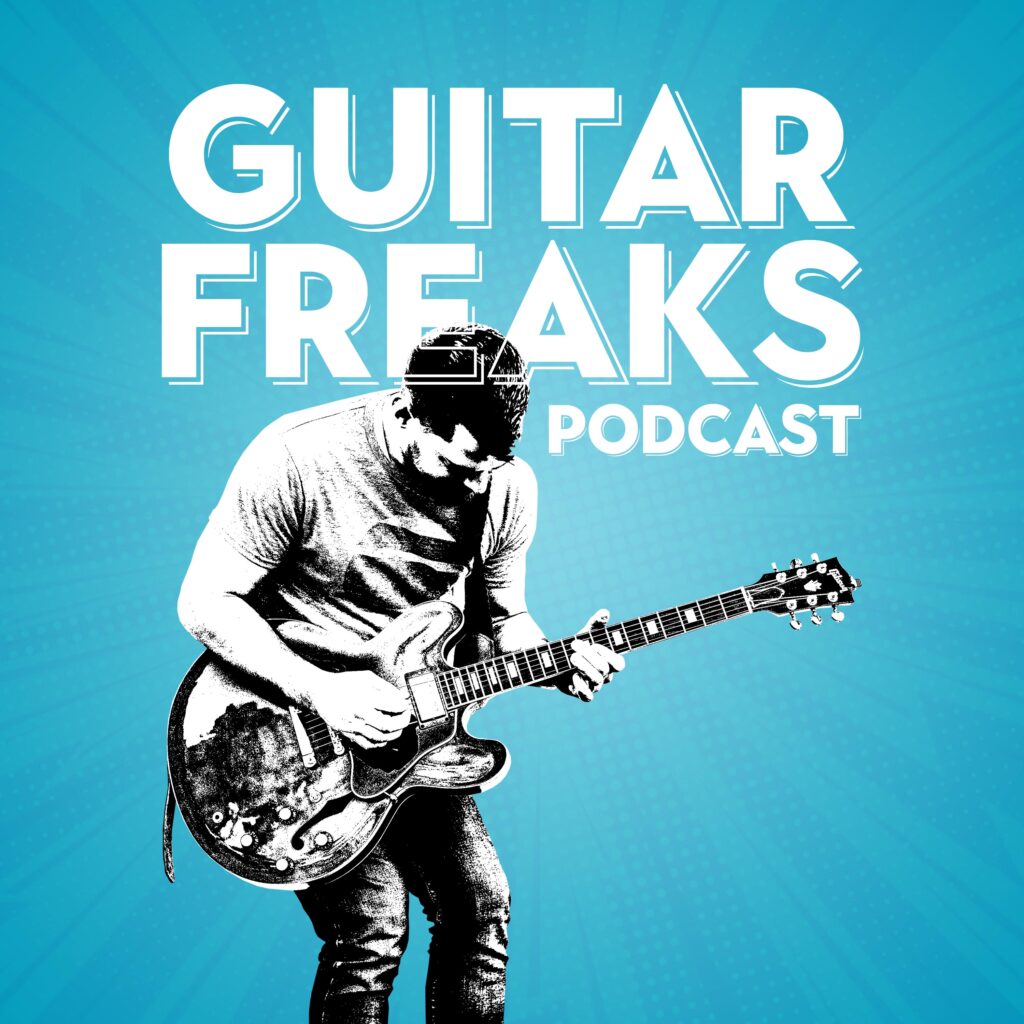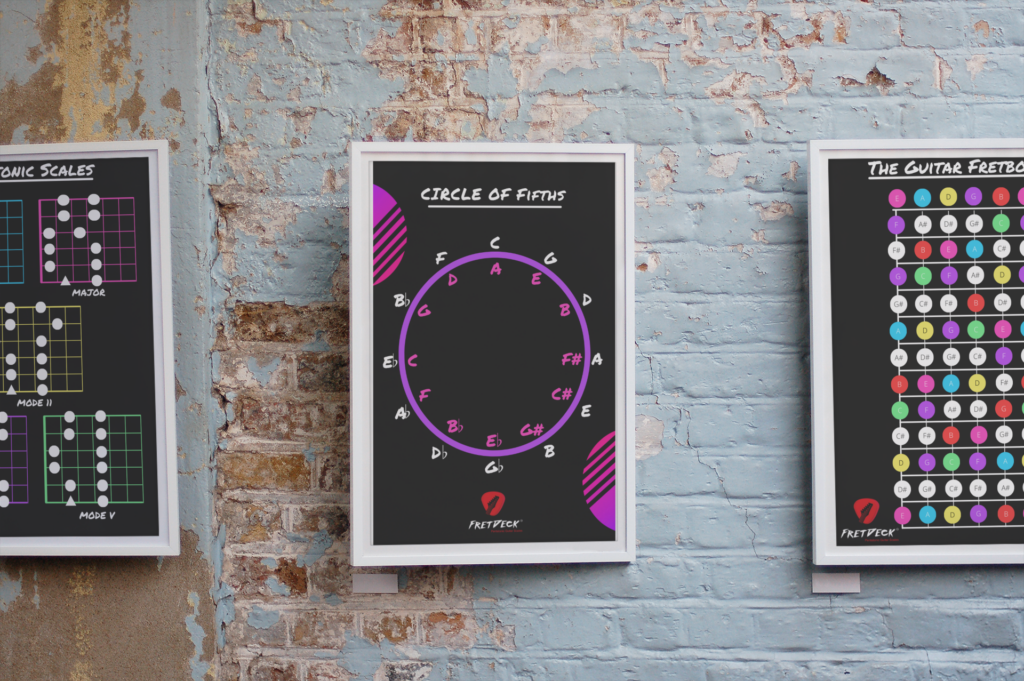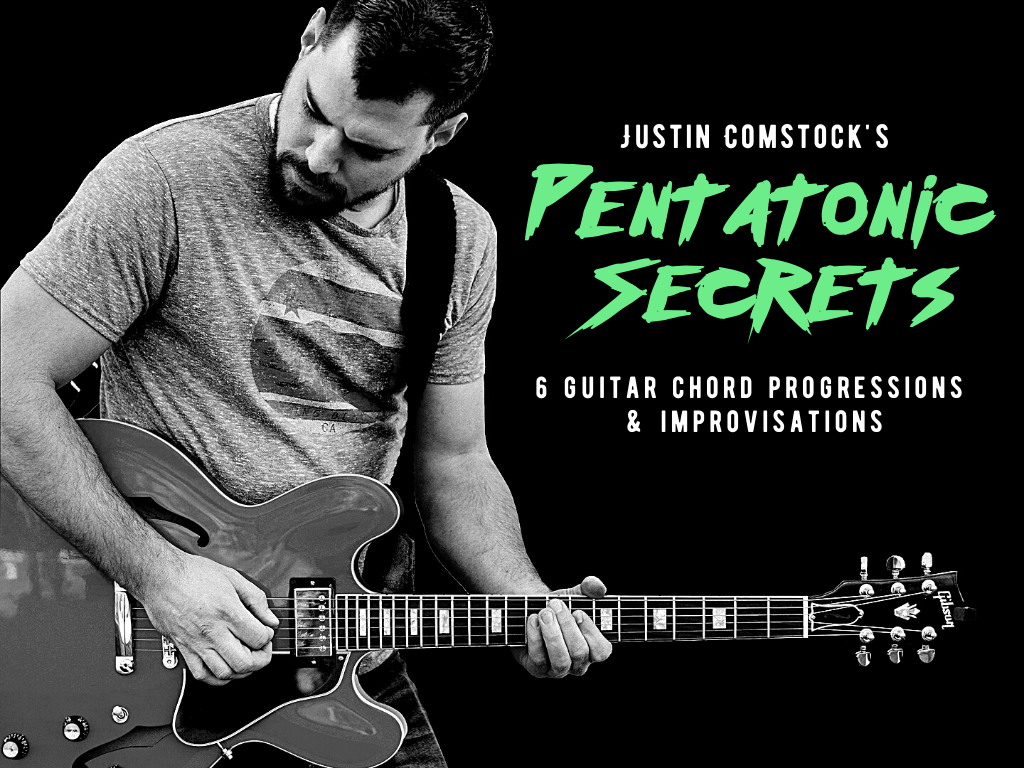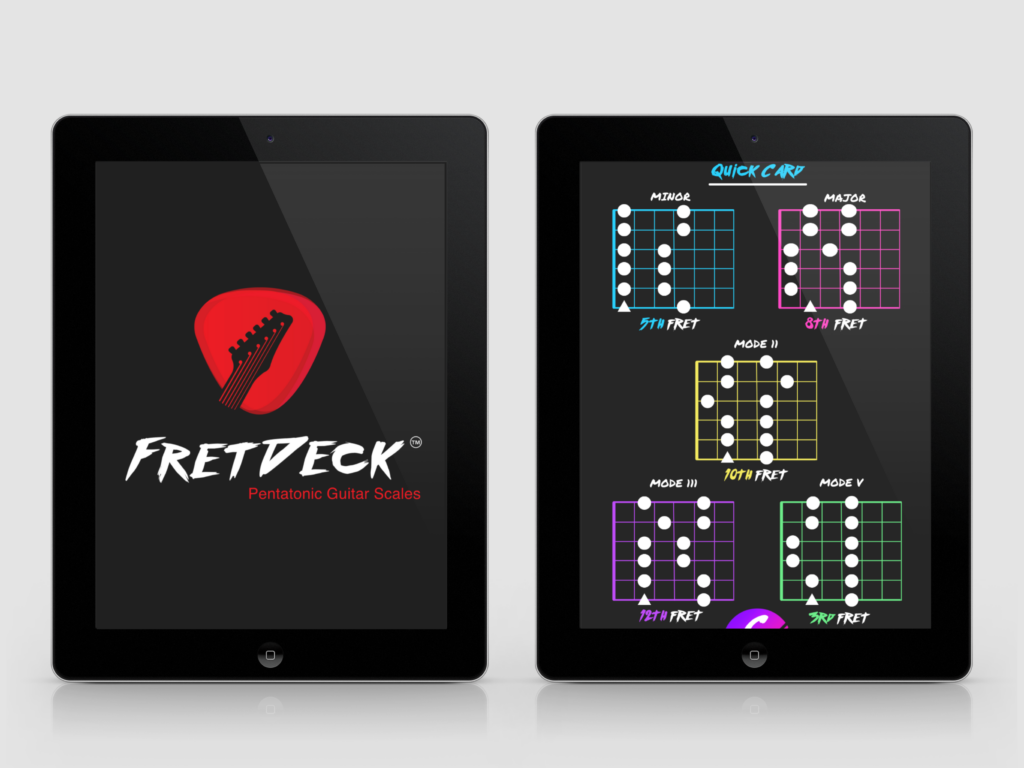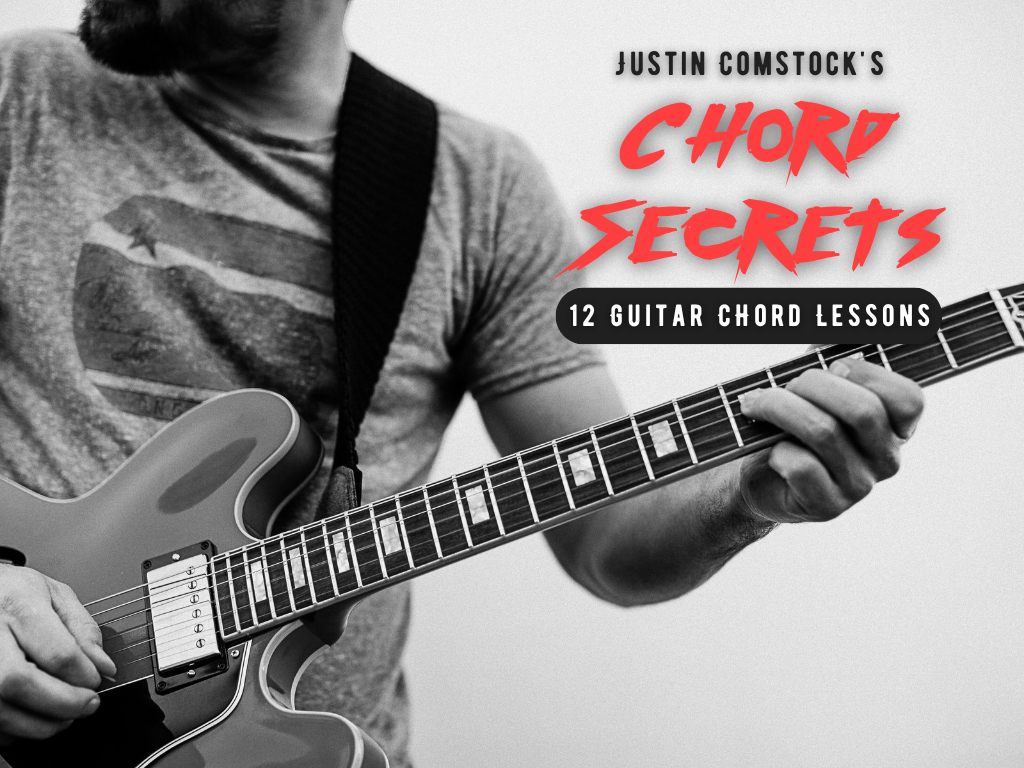If you’re stuck playing 12-bar guitar chords blues with just E, A, and B7… you’re only scratching the surface.
Yes, the classic chords work. But there’s a deeper palette of guitar chords blues players use to add color, swagger, and soul.
This isn’t just about adding jazz. It’s about playing with intent—stacking voicings that pull emotion out of every bar, whether you’re comping behind a solo or building a groove from scratch.
Let’s get into it.
🧠 Why Most Blues Guitarists Plateau with Chords
You learn the 12-bar form. You memorize E7, A7, and B7. Maybe you add a 9th chord here or there.
Then… nothing.
“I felt like I was playing the same 3 chords in every key,” said Jack, one of my students. “It sounded fine—but not like the records I loved.”
That’s because most lessons teach chord shapes, not chord function.
Real blues guitarists know how to:
- Use dominant 9s, 13s, and minor 7s in context
- Switch voicings every chorus to keep it alive
- Highlight chord tones inside solos
- Push & pull rhythmically with phrasing
Let’s unlock that together.

❌ Stop Guessing. Start Shredding.
If you’re still fumbling through scale patterns and box shapes… it’s costing you progress.
FretDeck™ is the no-fluff system that shows you exactly how to master the fretboard—fast. Early access.
⚡️ This isn’t for dabblers. It’s for players who want results.
👉 Click here to join the pre-launch now
Early access. Limited rewards. Don’t wait.
🎯 The 5 Core Blues Chord Families You Need to Know
Here’s your “guitar chords blues” toolkit—simple on the surface, but infinitely expressive when explored deeply:
| Chord Type | Use | Example |
|---|---|---|
| Dominant 7 | Foundation of blues | E7, A7, B7 |
| Dominant 9 | Smooth funk & Texas blues | E9, A9 |
| 13th Chords | Jazzy, warm extensions | G13, C13 |
| Minor 7th | For minor blues or iv chords | Dm7, Am7 |
| Diminished | For turnarounds & tension | B°7, D°7 |
Each one can be shaped multiple ways—open, barre, triad, shell. The goal? Find what fits your hand and your ear.
🔁 Try This: One Progression, Five Flavors
Let’s take a classic 12-bar in A and voice it five different ways:
🔹 Basic
A7 – D7 – E7
🔹 Extended
A9 – D13 – E9
🔹 Triad-Only
A (triad) – D (triad) – E (triad)
🔹 Jazz-Voiced
A13 – D9 – E7♭9
🔹 Minor Blues
Am7 – Dm7 – E7♯9
🎧 Record yourself looping each version and soloing over it. The difference is night and day.
📦 Want these charts? They’re in my FretDeck Progressions Pack (Kickstarter bonus).
👉 Get the deck »
📚 The Hidden Theory Behind Blues Chords (That No One Talks About)
Let’s demystify this.
Blues is built on a dominant I-IV-V progression, which breaks the “rules” of classical harmony.
In C major, your I chord “should” be C major. But in blues? It’s C7.
Why? Because tension drives motion. Blues is all about suspended resolution.
Each dominant chord is itching to resolve:
- I7 (C7) wants to go to IV7 (F7)
- V7 (G7) pushes hard back to I
Layer in 9ths, 13ths, and ♯9s, and suddenly your harmony starts breathing.
And when you play chord solos or use arpeggios over changes, you’re not stuck guessing—you’re outlining the song.
🎵 Five Real Songs That Use These Chords
Let’s connect this to the real deal:
| Song | Chords | Notable Features |
|---|---|---|
| “The Thrill Is Gone” – B.B. King | Bm7, Em7, F#7♯9 | Minor blues, dominant funk |
| “Stormy Monday” – T-Bone Walker | G13, C9, D9 | Slow blues with jazzy turns |
| “Pride and Joy” – SRV | E9, A9, B9 | Texas shuffle |
| “Red House” – Jimi Hendrix | B7, E7, F#7 | Raw, dominant blues |
| “Ain’t No Sunshine” – Bill Withers | Am7, Em7, Dm7 | Minor gospel flavor |
👉 Want to learn voicings like these? I break them down in our Guitar Freaks Discord every week.
Join us here:
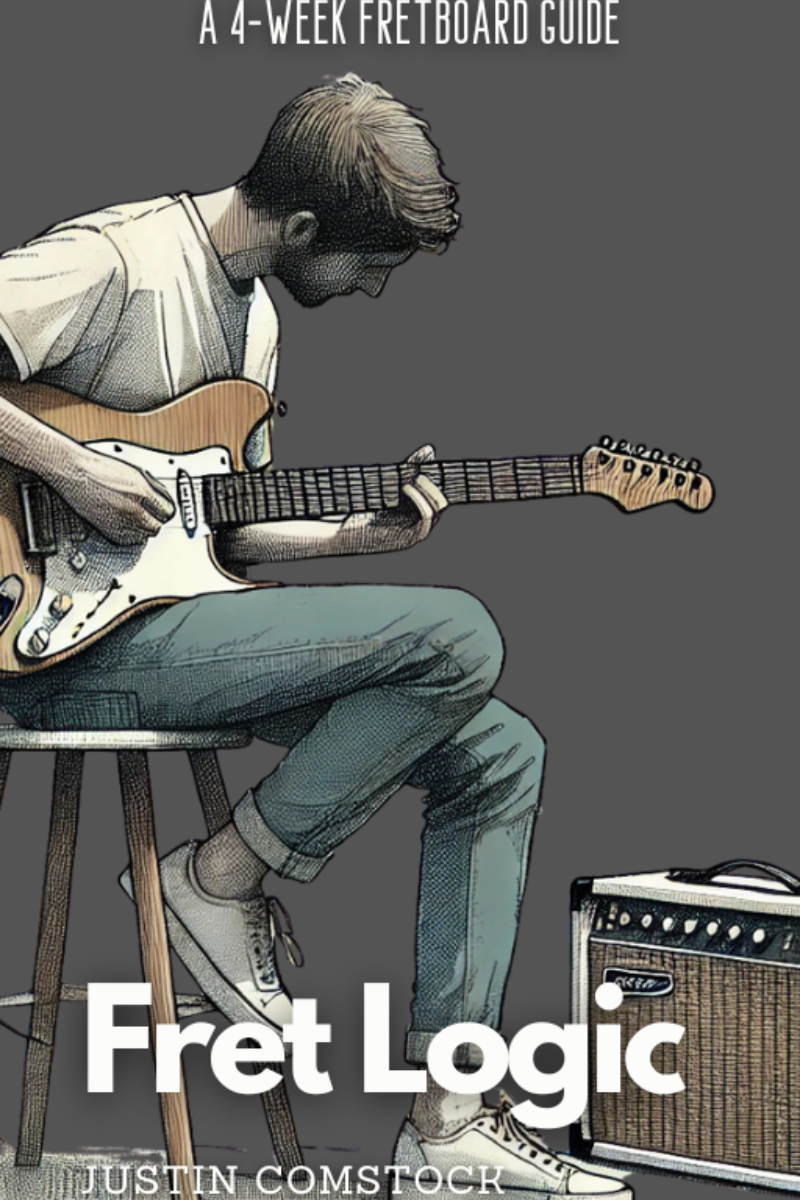
Join Guitar Freaks Hangout on Discord! 🎸
Get Fret Logic FREE!
Join the Guitar Freaks Hangout Discord and get exclusive access to my entire e-book, Fret Logic! Master the fretboard and elevate your solos with this comprehensive guide.
👉 Don’t miss out—join now and download your free copy!
✋ Most Common Mistake: Using Full Barre Chords When You Don’t Have To
Yes, they work. But they’re not always musical.
Blues players often use:
- Triads on the top 3 strings for clarity
- Shell chords (root, 3rd, 7th) to strip fat
- Double stops to create melody inside rhythm
Here’s one of my favorite chord swaps:
| Instead of | Try This |
|---|---|
| A7 barre | A7 shell on strings 4–3–2 |
| E9 barre | E9 triad at 9th fret |
| D7 barre | D13 with thumb-over root |
This stuff breathes. It sounds more like a band and less like a blocky rhythm guitarist.
🧱 Build Your Own Chord Progression Blocks
Let’s practice building 3 progressions from your new palette.
🔷 Blues Rock Progression
A9 – D9 – A9 – A9
D9 – D#dim7 – A9 – F#9
E9 – D9 – A9 – E9
🔷 Slow Soul Blues
G13 – C9 – G13 – G13
C9 – C#dim7 – G13 – E9
A9 – D9 – G13 – D9
🔷 Minor Blues Progression
Am7 – Dm7 – Am7 – Am7
Dm7 – D#dim7 – Am7 – F9
E7♯9 – Dm7 – Am7 – E7♯9
Use a looper or backing track. Switch voicings every 12 bars. Feel how each version tells a different story.
✍️ What to Write in Your Practice Journal (Today)
If you’re using a bullet journal (like I do), try this 5-minute journaling ritual:
🔹 Title: Blues Chords Exploration – Day X
- “Today I played _____ chord progression.”
- “I tried swapping _____ for _____. It sounded _____.”
- “When I added _____ (9, 13, m7), the sound changed because _____.”
- “Tomorrow I’ll try _____ voicing or move to a new key.”
This small habit creates big awareness. You stop playing shapes—and start playing ideas.
👀 Visualization: How Blues Chords Unlock the Neck
Your blues chords aren’t just rhythm tools. They are:
- Fretboard anchors for solos
- Chord tone targets for licks
- Map points for transitions
For example:
Play a C7 chord. Then solo using C Mixolydian or C minor pentatonic, but land on E (3rd) or B♭ (♭7).
You’ve just connected scale + chord = music.
📦 Want a visual tool for this? That’s exactly what our Scale Deck does (coming to Kickstarter).

❌ Stop Guessing. Start Shredding.
If you’re still fumbling through scale patterns and box shapes… it’s costing you progress.
FretDeck™ is the no-fluff system that shows you exactly how to master the fretboard—fast. Early access.
⚡️ This isn’t for dabblers. It’s for players who want results.
👉 Click here to join the pre-launch now
Early access. Limited rewards. Don’t wait.
🧠 Mental Models for Guitar Chords in the Blues
Here’s how I think about chords while playing blues:
| If the chord is… | I visualize… |
|---|---|
| A7 | A triad + G note nearby (♭7) |
| D9 | D7 + E (9th) and F# (6th) |
| E13 | E7 with C# (13th) melody |
| Am7 | A minor triad + G (♭7) and C (11th) |
| D°7 | A “bridge” between chords for tension |
The more I simplify visually, the more expressive I become musically.
🎁 Downloadable Goodies
When you back the FretDeck Kickstarter, you’ll get:
- ✅ 52 Practice Prompt Cards (blues chord ideas)
- ✅ Blues Progression Charts in 12 Keys
- ✅ Visual Scale + Mode Cheat Sheet
- ✅ Entry to Guitar Freaks Discord (backstage jam hangouts + PDF vault)
🎤 Last Word: Blues Chords Aren’t Just Theory — They’re Emotion
Blues chords aren’t just building blocks. They’re storytelling tools.
When you lean into the 9th of a chord…
When you leave space with a triad voicing…
When you build tension with a ♯9 or a diminished walk-up…
You’re not just playing notes. You’re playing feeling.
So ask yourself:
- What does my rhythm part say?
- Am I comping, leading, pushing, or supporting?
- Can I change the vibe just by changing a chord voicing?
That’s the real language of the blues.
📢 CTA Section: Let’s Keep Going Together
🎸 Ready to master blues chords, build better rhythm parts, and solo with confidence?
Here’s what to do next:
- ✅ Back the FretDeck Kickstarter
- ✅ Get access to BluesCraft Practice Cards
- ✅ Join the Guitar Freaks Hangout Discord
👉 YES! I Want the FretDeck™ System »
For even more chord chart inspiration, check out Ultimate Guitar’s top 12-bar blues chord tabs—great for studying how blues legends arrange their rhythm parts.
